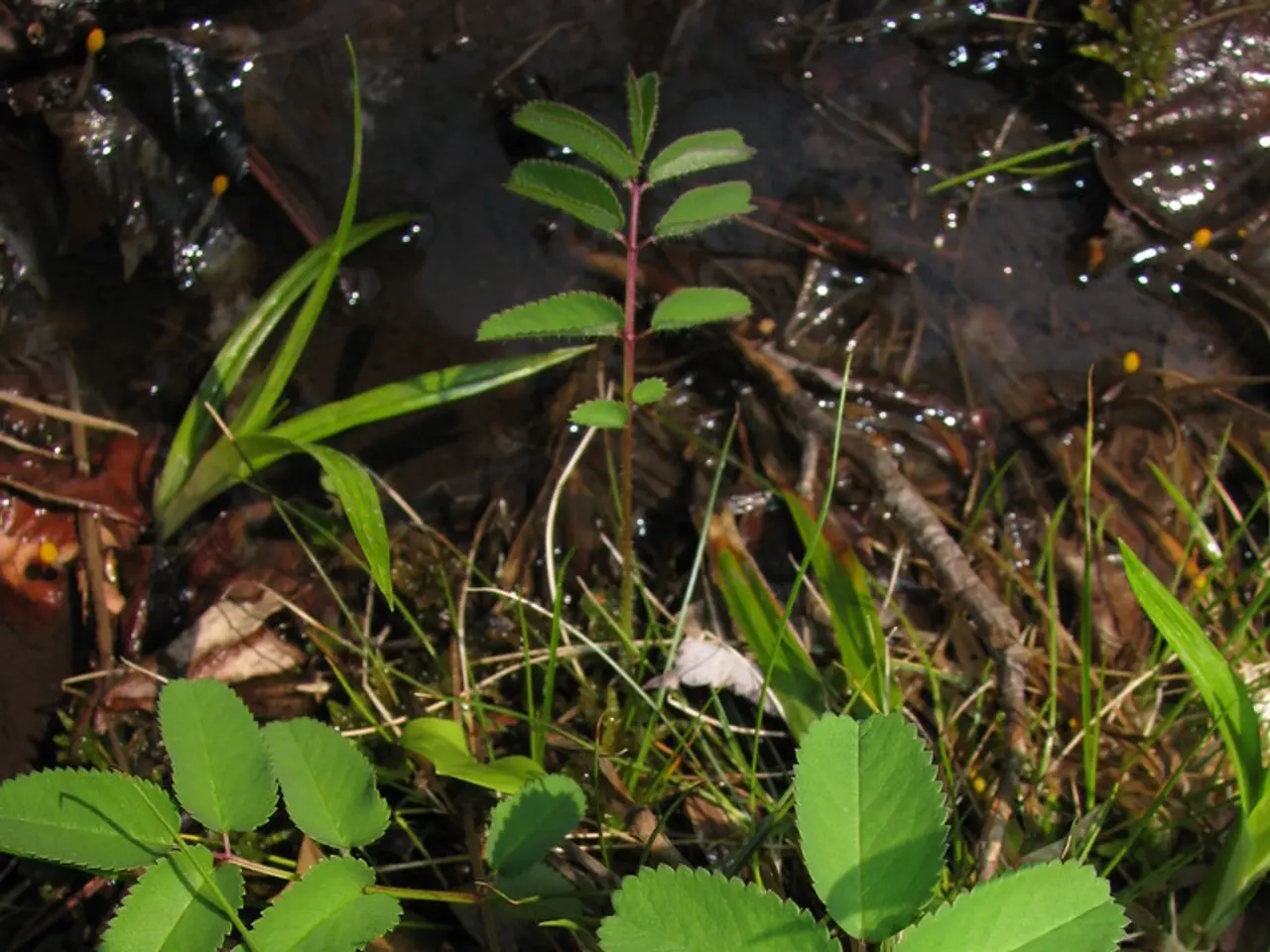Methods for Sustainable Soil Maintenance in Community Plots
In community gardens across the country, the preservation of soil health is a top priority. Two renowned experts, Dr. Anja Müller and Prof. Markus Schneider, have developed efficient soil conservation methods that are now widely used.
One of the key techniques is the no-dig approach, which involves cover crops, careful bed management, and avoiding tilling. Cover crops like winter rye, hairy vetch, buckwheat, and clover are planted in fall to build organic matter, provide nitrogen, and offer winter protection. After harvest, these cover crops are left to rebuild the soil structure.
Another important aspect is the use of raised beds. These should be filled with a light mix of compost, topsoil, and coarse material, kept at a depth of at least 12 inches for roots and air. Raised beds help maintain soil structure and prevent compaction, especially when wide paths and stepping stones are used instead of walking directly on the beds.
Composting plays a crucial role in community gardens. A good compost pile should have a balance of browns (dry leaves, straw, shredded paper) and greens (kitchen scraps, fresh grass). The pile should be kept moist like a wrung-out sponge, turned every 1-2 weeks to add oxygen, and allowed to cure for a month before applying. Compost is recommended as the primary amendment for adding microbes and organic matter to the soil.
Mulching is another effective soil conservation method. Mulch can be straw for vegetable rows (4-6 months longevity, keeps moisture, easy to remove), wood chips for trees, paths, and fruit trees (1-3 years longevity, long-lasting, suppresses weeds), leaf mold for ornamentals (6-12 months longevity, adds fine organic matter), and grass clippings for quick cover (weeks-months longevity, fast, adds nitrogen, use thin). Mulching helps stabilise moisture, reduce compaction from rain, and prevent surface crusting after planting.
Rotating crops each season is also essential for maintaining soil health. This helps balance nutrient drawdown and reduce pests. Top-dressing with 2-4 inches of compost each season is recommended to keep the soil structure intact.
Lastly, a simple soil test can help determine the pH and nutrient levels of the soil. This information can guide the use of amendments such as rock dust, which is sparingly used if soil tests show mineral shortfalls.
By implementing these efficient soil preservation techniques, community gardeners can maintain healthy, loose, aerated, and life-filled soil, ensuring a bountiful harvest for years to come.
Read also:
- Peptide YY (PYY): Exploring its Role in Appetite Suppression, Intestinal Health, and Cognitive Links
- Toddler Health: Rotavirus Signs, Origins, and Potential Complications
- Digestive issues and heart discomfort: Root causes and associated health conditions
- House Infernos: Deadly Hazards Surpassing the Flames








